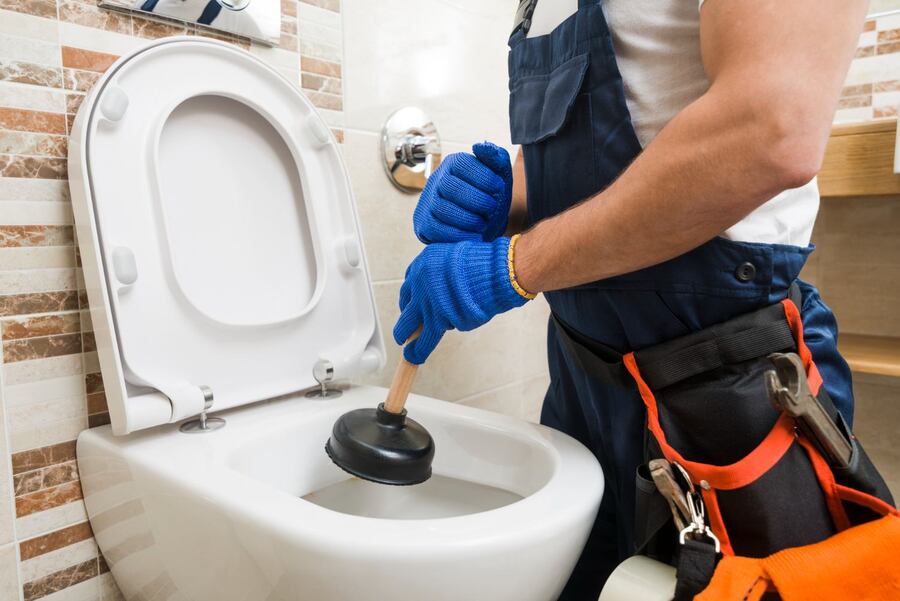Call This Tuesday to Get $50 OFF
Call us today
214-943-2424

We’ve all heard that soft-but-persistent sound of water trickling in the bathroom long after the toilet’s been flushed. At first, it might seem like no big deal. You think it’ll stop on its own. Maybe it’s not even using that much water.
But here’s the truth: A running toilet can waste hundreds of gallons of water every week. That’s not just bad for the environment; it can inflict a serious hit to your wallet... especially if it goes unchecked for weeks or months.
The good news is that many running toilet problems are easy to diagnose and fix. Better yet, you can often stop them from happening at all with a little maintenance and a few good habits.
In this brief article brought to you by Texas Rooter, we walk through the common causes, quick fixes, and preventative tips to help you deal with this common, noisy, and costly plumbing nuisance. If you'd rather consult a trained plumber or arrange a professional toilet repair, then contact Texas Rooter to get in touch with a live representative.
When a toilet runs continuously, it’s usually because something inside the tank isn’t working properly. That tank in the back of the toilet holds the water needed for each flush. Once you flush, the tank empties, and the water supply refills it. When everything’s working right, the water stops flowing after one flush.
If something goes wrong with one of the key parts (like the flapper valve, float, or fill valve), the water just keeps running. You’ll hear it hissing, trickling, or sometimes gurgling.
First thing's first: Let's tackle damage that is done. Here are some simple steps to stop a running toilet in its tracks:
Turn off the water supply to the toilet and flush to empty the tank. Check the flapper for damage or buildup. If it looks old or stiff, replace it
If you have a ball float, bend the arm downward slightly to lower the water level. For column floats, use the adjustment screw to bring it down to the proper height.
If cleaning it doesn’t help, you may need to replace the fill valve. Fortunately, universal replacement kits are available and often come with step-by-step instructions.
If a part inside is cracked, you may be able to replace just that component. If the tank itself is leaking, then you probably need a plumber to help.
An ounce of prevention is worth more than a pound of cure. Taking a few proactive steps can help you avoid running toilets - and the water bills that come with them. Here are some tips:
Most running toilet issues can be handled with basic tools and DIY spirit. If you’ve tried the steps above and the problem keeps coming back, then it’s time to call Texas Rooter and bring in a professional. Some problems (like a cracked tank, internal leaks, or worn seals deep in the plumbing) require expert tools and experience.
Remember, Texas Rooter offers emergency plumbing repair service. Call or message us at any time of the day - or night to get in touch!
Unless the handle starts to stiffen or you notice a persistent drip, most people don't…
Read MoreLet’s face it: Bathrooms are where plumbing proves its worth. With their toilets, sinks, showers,…
Read MoreWith the charm of a vintage house often comes a cold reality: older homes weren’t…
Read MoreKings of the past had to summon servants to haul and heat water whenever ‘their…
Read MoreLet’s be honest: most of us don’t exactly cheer when we hear from our insurance…
Read More